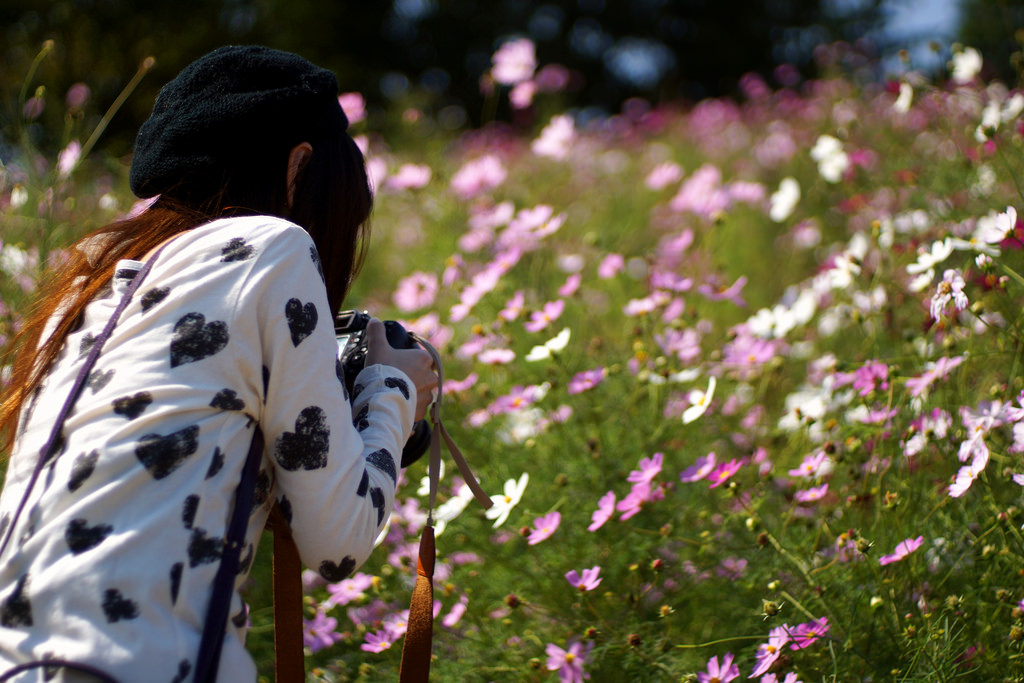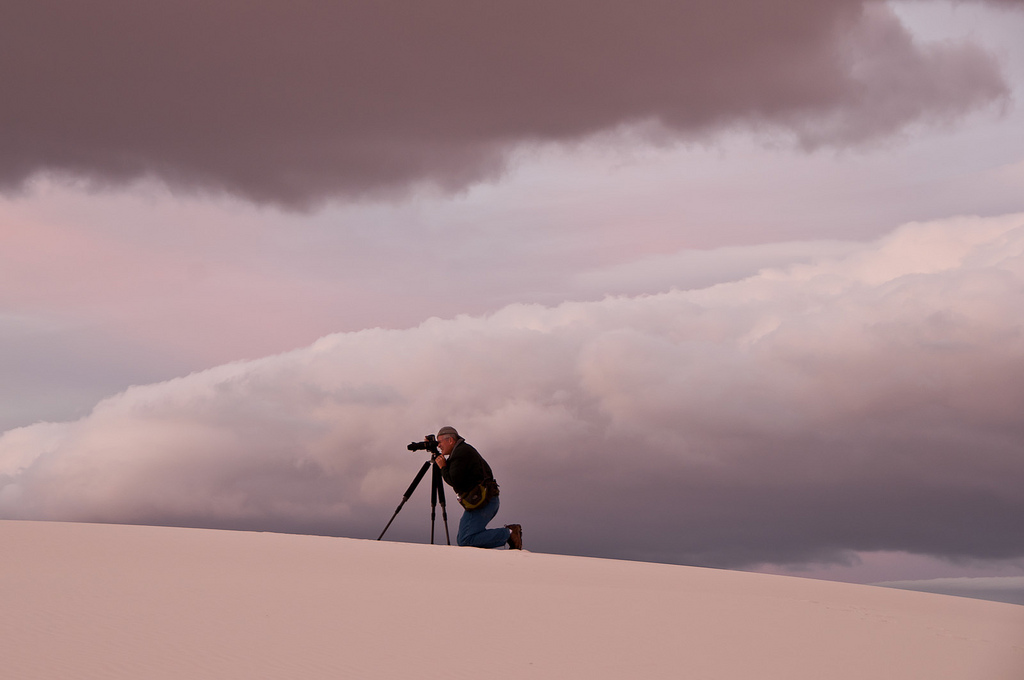Why it’s Important to Plan When Importing Photos into Lightroom
When I first got my DSLR, I had no plan on how I was going to store, file, and back-up all those digital files I was about to take. Truth is, I totally underestimated just how many photos I’d be taking. Not have an effective and efficient way to file away all those photos was a crucial flaw. I don’t want you to make the same mistakes as I did, let’s take a minute to talk about a few of the things you can do to help ease the pain of importing and files your photos. Trust me, you’ll thank me in the end–let’s get to it and learn 2 Things You Should Be Doing When Importing Your Photos Into Lightroom!
Don’t Be Afraid To Cull With A Heavy Hand Before Importing Photos into Lightroom
One of the biggest issues was that I wanted to keep a copy of every single photo I snapped. I didn’t delete any of them. Even the really bad ones. I hung on to those files like someday they were magically going to turn into nice, viable photographs I’d be proud to hang on my wall. I was WRONG. Instead, they just sat there taking up precious space on my hard drive and creating such a deep pool of photos. The images that were actually half decent were next to impossible to find amidst the large majority of not-so-nice photos.
Now, the first thing I do when import importing photos into Lightroom to take a good hard look at each of the files and delete the ones that don’t make the grade. At first, this may take you a little time, and you’ll find yourself still hanging onto photos that maybe you shouldn’t. However, the more you practice your culling techniques, the more quickly you’ll be able to do it and the more confidence you’ll find in your decisions to delete or keep.
Don’t be afraid to be a little a ruthless at times.

Find A File Naming System That Works when Importing Photos into Lightroom
Depending on what program you’re using to import your photos, this process may very slightly, but the major photo editing and filing systems such as Adobe Bridge and Lightroom, both make this very easy to do. Also, like I said, each photographer will have to fine-tune their naming system to something that makes sense for their workflow and genre of photography.
I practice primarily landscape and nature photography, so I keep all my photos titled first by date, then by location, and sometimes I’ll add a quick word at the end to help me know what’s in the file. For example:
2016-09-22 – Grand Tetons NP – Sunset at Colton Bay
That is a file name taken from a recent trip to the Tetons. It has enough important information in it to make it easy for me to instantly see what images I can find in there without having to click the file and wait for all the thumbnails to load.
Don’t Forget To Backup Lightroom Before Shutting Down

Lastly, and perhaps most importantly, don’t neglect backing everything up. And make sure you’re backing your photos up in more than one place. I keep copies of my photos on two different hard drives, plus on a remote server, I upload photos to via the cloud. As someone who has lost about six years of photos–trust me, this is very important.